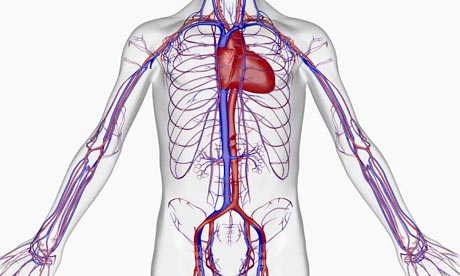
Deciding which is the right diagnosis from a list of possibilities can be a waiting game. But, on occasion, one doesn't have the luxury of time. The most serious misdiagnosis I have ever witnessed ended up killing a man.
The aorta is the biggest vessel in the body, and looks like a walking stick running the length of the chest and abdomen. It arises from the left ventricle of the heart and splits into the two common iliac arteries in the pelvis. It supplies blood to the entire body via its many branches.
Disorders of the aorta fit into two categories: those that one is born with and those that one inherits. The former group includes coarctation (the aorta is abnormally narrowed) and transposition (the aorta and pulmonary artery are the wrong way round). The commonest acquired condition to affect this vessel is atherosclerosis. This may, in turn, lead to an aneurysm, an abnormal ballooning of any vessel, but most notably this one.
Towards the end of my time as a medical student, I was helping in A&E when a man came in with backache. He didn't seem all that unwell and was thought to have kidney stones. He accepted simple painkillers and waited for several hours in the department while other, more apparently serious, cases were dealt with. When he suddenly collapsed, it became clear he had been incorrectly diagnosed. He was found to have a ruptured abdominal aortic aneurysm but, despite being rushed to theatre, he died soon afterwards.
Patients whose aortic aneurysms are discovered in plenty of time usually fare much better.
• Gabriel Weston is a surgeon and author of Direct Red: A Surgeon's Story.

